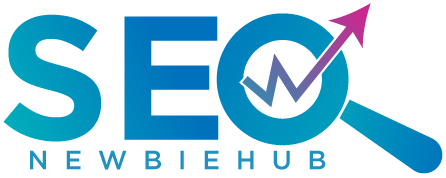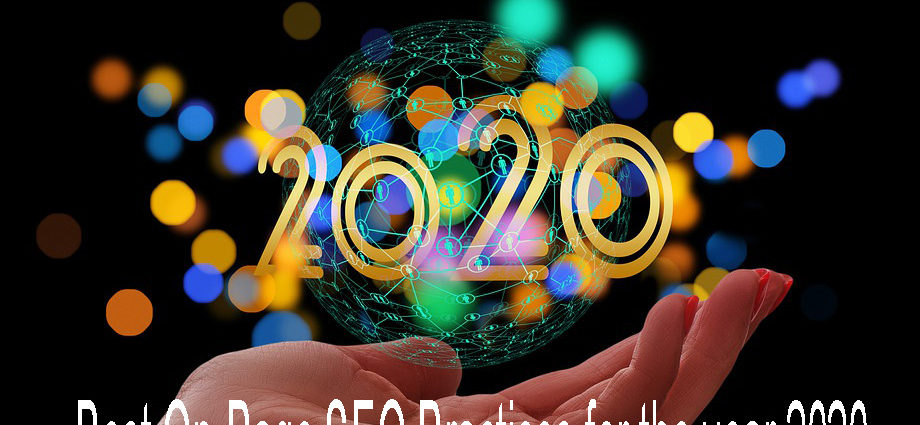Simply put, the on-page SEO is a method to optimize the multiple back-ends and front-end elements of a website. The objective is to make the website rank in the prominent search engines and bring in increased and new organic web traffic. Some of the core aspects of on-page SEO are HTML, content, and site architecture.
The relevance of on-page SEO:
On-page SEO is essential because it alerts Google about a website. It also lets Google know the way your site offers value to online users and other customers. It ensures that your website gets optimized both for the search engine bots as well as for the online users. As a website or business owner, you have more to do than just developing and publishing the business website. It would be best if you get it optimized for Google and various search engines.
It’s called “on-page” SEO as the modifications and tweaks that you make for optimizing the website, are visible on the page. Each aspect of on-page SEO depends on the website owner. Hence, it is necessary to execute the process correctly.
2020 is the time when most website owners would be trying to maximize their customer base. They would want to get more online web traffic. Hence, it is essential to have a sound on-page SEO checklist guide. The following pointers can help.
Fix the Meta title:
It is an essential aspect of on-page SEO. It’s because the more optimized and attractive your page title is, people will get compelled to click more. More clicks ensure higher ranks on the search engine. You must make use of the key phrase or the keywords at the start of the title. And somehow, if you find that difficult to place, ensure that you use it in the title. It’s essential to know that you don’t repeat a keyword beyond once in the title, thinking it might get you a high rank. Chances are it will affect your ranking negatively. So, make sure you refrain from doing this. Also, the title length shouldn’t exceed 65 characters.
Work correctly with heading tags:
Make use of the heading tags for highlighting multiple sub-headings, headings, and other essential aspects. If you are using WordPress as your CMS, the title tag gets set to H1. And it is not required for you to any other H1 tags in the entire article. If there are section breaks, you can use H2 and H3 tags. Make sure not to use too much of it because Google algorithms wouldn’t support that.
Post the permalink structure:
Ensure that your URL gets showcased accurately! It is one of the crucial aspects of on-page metrics. Ensure that you use the target keyword in the URL. Also, it would be best if you avert making use of special symbols, characters, commas, brackets, and the like inside the original URL. Make use of dashes for separating the strings in the URL format. It’s known as the pretty permalinks and gets backed up by the majority of web browsers.
Manage the keyword density:
It is essential to have 1.5% keyword density, with a blend of the LSI keywords. As most SEO experts’ shares, that you don’t have any magic trick here. Hence, it’s a smart call to utilize the words that are semantically related. It will enable the search engine to understand what your website content is all about clearly.
It’s always best to use the primary keyword in the first stanza of your content. However, usage should appear natural and not forced.
Use correct Meta tags:
It is essential to add a distinctive and meaningful Meta description with every blog post. Use the target keyword in your Meta description. There are a few SEO agencies and professionals, who suggest that Meta description is not essential for ranking favorably in online searches. It is entirely misleading. Ranking and optimized Meta-description are associated with one another.
As the search engines select the keywords, online users must click on your post. Hence, ensure that the Meta descriptions are user-friendly, sensible, and syncs in with the post. And when it comes to Meta keywords, Google doesn’t bother much about it.
Manage the internal linking:
It would be best if you put the links to the associated posts in the blog. It will enable the blog readers to spend adequate time on the blog content. Also, it helps to pass over the web page rank to the other web pages in the website. When you are interlinking, make sure to opt-in for keywords as your anchor text. You should never overdo this. The redundant internal links of your original post suggest to search engines that your website has added data. And this is beyond what gets showcased in your content.
Get careful with external linking:
In addition to linking your blog post, website owners must link the external websites. Here also you need to maintain the same tactics. It means you should do this only when the data on the external sites makes sense and adds to the content.
When you link to the external sites, ensure that you choose authentic websites. Just in case there are any doubts concerning the authenticity of the site, you can resort to the nofollow tag. It will help to prevent passing the link juice to inferior quality sites, which might affect your ranking negatively. Make sure to dofollow the links for websites having popularity, authority, and authenticity. It will add to your organic web traffic as well.
Links like CNN, Wikipedia, or anything similar in your niche, acts highly trustworthy. They will come up with essential and useful content which will address the readers query and provide the answers as well. Using such links will add more credibility to your website.
There are several other on-page SEO tactics to address! If you join hands with an expert SEO agency, it will guide you accordingly. However, since the online competition in 2020 is bound to increase, the above-mentioned on-page SEO tactics prove beneficial for many.
Read More:
- 10 Best Organic SEO Techniques for Promoting A Business
- Why Is Content Crucial In SEO?
- What is the Difference SEO Content Writing vs. SEO Copywriting
Manoar Molla is pro blogger who is passionate to write anything that is related to SEO, business and marketing. He has written and published many articles on different blog

